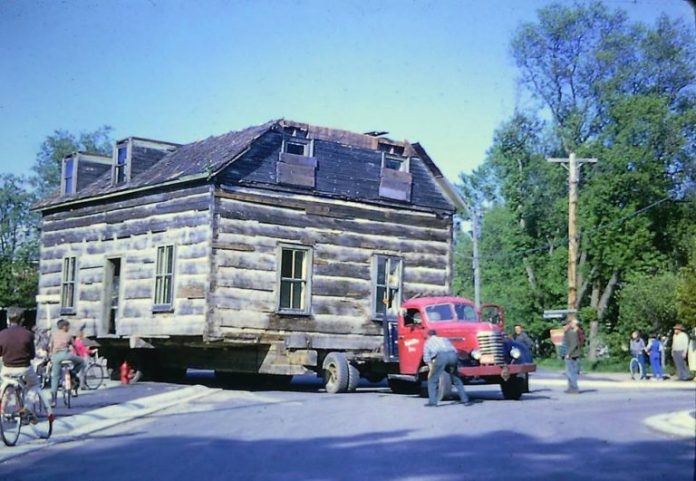Aside from this year, Chip Gillis, a secondary school teacher at North Hastings High School in Bancroft, takes his Grade 10 History class to the local Heritage Museum every year.
“The quality and care the museum volunteers have put into preserving our local history is outstanding,” says Gillis. Even though the Ontario Grade Ten curriculum starts in 1914, Gillis saw great value in bringing his students to get a glimpse of their local history.
“It took us about 35 to 40 minutes to walk through the different rooms examining the many artifacts,” says Gillis. “It always surprises me how some students react to being able to see history firsthand in the museum’s exhibits.”
Beyond the benefit the Bancroft North Hastings Heritage Museum brings to students like Chip Gillis’ class, it is also a staple of history within the town and serves as a good tourist spot for tourists.
Most tourists would not know Bancroft didn’t have its name until 1879 when Senator Billa Flint, named the town after his wife’s maiden name. The town later also named three streets after the Senator, Billa, Flint and Phoebe Street are all a callback to the Senator himself and Phoebe being his wife’s first name.
Bancroft is known for its national name “the mineral capital of Canada,” a title it received after the identification of some 1600 mineral species in the surrounding area. There are exhibits of these minerals in the museum.
“The building was moved specifically to become the museum. It was a Centennial Project in 1967. The move was made in 1966 and repairs were done on the building for the grand opening on July 1, 1967,” says Mary Kavanagh, who sits on the Board of Directors for the museum.
In the 1850s, the building was home to the Hysert family but was then the office of the Bronson-Weston Lumber company, which had moved into the area because of the hardwood forests in the area. The company brought not only the lumber industry into the Bancroft area but also many more settlers who populated the area to work for the company.
After a decline in this industry, around the 1960s, with the prominence of uranium mines popping up in the local area, the building moved to its current location in Riverside Park.
Mary Kavanagh, the current director of the museum, oversees a lot of the maintenance and repairs and knows a vast history of the structure.
The museum used to only be open during the summer vacation period as a tourist attraction, but Kavanagh has since made it more accessible.
“Over the years, the museum has moved from being open only two months a year, July and August, to being open 12 months a year and accommodating the school students in the area,” Kavanagh says.
The museum runs during the summer with a larger staff and downsizes during the fall, winter and spring months but it is still open for school groups to learn local history in a more physical form, rather than just in the classroom.
There’s a deep importance to the local population of Bancroft to preserve history and continue to expand the tourism aspects of the town.
Paul Jenkins, the Mayor of Bancroft, focuses on the continual growth of Bancroft’s infrastructure and tourism opportunities.
“Many who travel to our area as tourists come back to live and invest in the community,” says Jenkins.
Mayor Jenkins works to maintain strong tourism but also works to bring investors into the town of Bancroft to grow the factory and production industries that used to be in Bancroft as well.
“I am spending much more time trying to sell our town to potential investors who see many opportunities for future growth in our area,” says Jenkins.
With the ongoing Covid-19 pandemic, the issues of the community have grown as well.
“I find the demands on my time to get involved in many community issues have increased dramatically as my term has progressed,” says mayor Jenkins.
When tourist season arrives, it will have to be evaluated how safe the local community can be with increased travel from people who may not follow the protocols and advisories properly.




